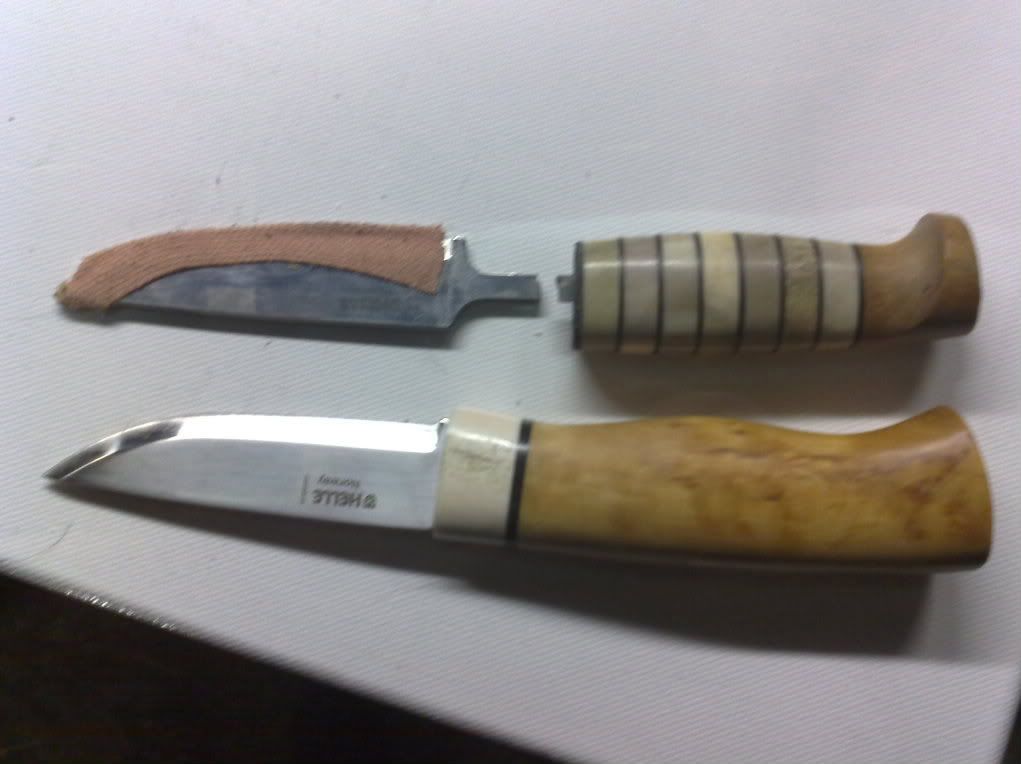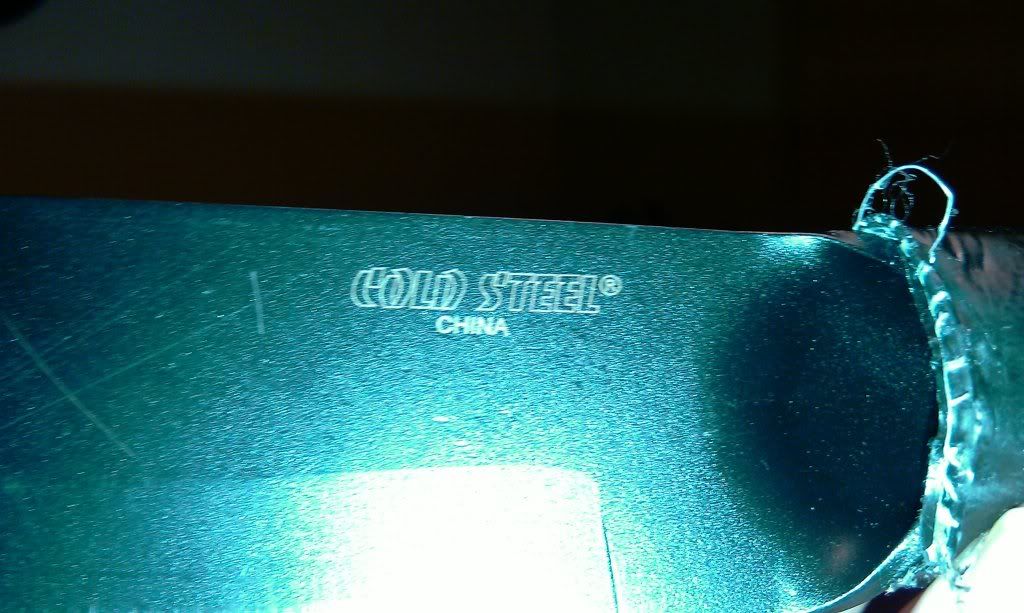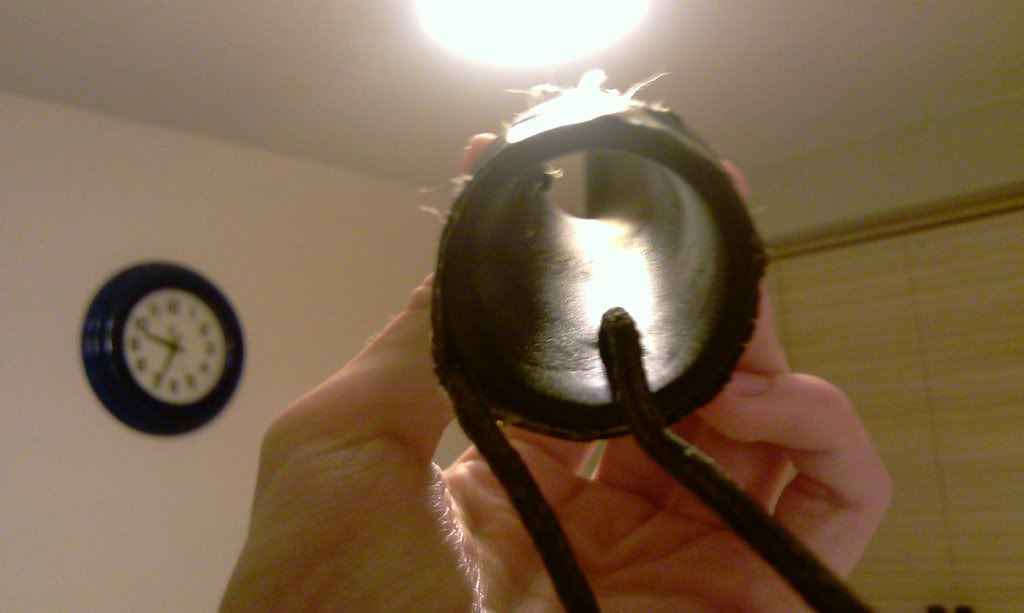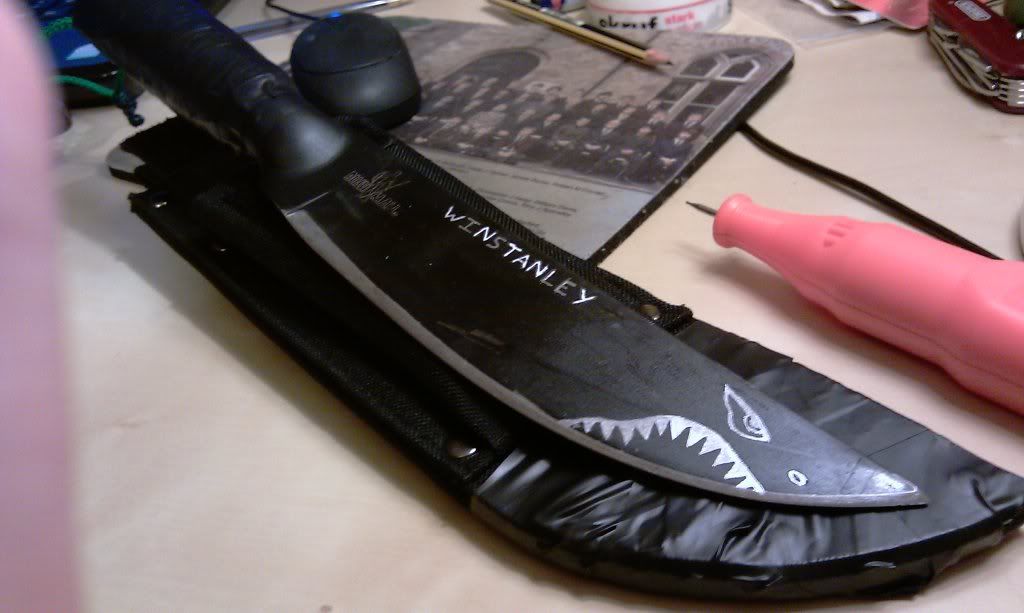People often ignore some of the most salient arguments as to why hidden tang knives are/were so popular in most cultures.
Simple answer: economics.
Historically steel was expensive to produce and work, so why use more of it than you need to ?
That is also why many knives, axes and other tools were made from iron with a section of steel forge welded onto the business end.
Later on smiths would demonstrate skill and artistry with various patterns and whatnot, but the main underlying rationale was to minimise the use of an expensive material.
Same argument applies to grinds. The popularity of the Sandi grind seems to largely ignore the simply fact that it is the quickest and easiest method of grinding a bevel on a blade with the least material removed. It is also one of the weakest grinds it is possible to have right at the edge, but works wonderfully in the right context.
Other arguments come into the mix these days. Personally I prefer hidden tang knives because I like lighter working knives and I really appreciate having a beautiful piece of handle material running uninterrupted around a hidden tang. From a practical perspective I especially like this feature in very cold weather, where the spine of a full-tang knife could stick to your skin (another possible factor as to why the Scandinavians have been sticking tio hidden tangs knives for so long).
From the full tang perspective if the handle scales are quite straight grained along the length of the grip, where the pin holes interrupt the grain, you have a potentially inherent weak point under stress where all that happens is the grain of the timber fails during heavy shock/vibration. That shouldn't really be a surprise.
You often see a similar effect where someone used a 6mm drill to then fit a 6mm pin (you wouldn’t believe how many makers don’t use a reamer or who force their assembly together using clamps or even a hammer) your pins are basically constantly trying to force the hole they are fitted in to be wider, unless it was properly prepared. This is a depressingly common area of scale material failure.
If you want to hard use your knife then ask for Micarta scales and ask for the blade to be a few points softer, or differentially heat treated (or both), or accept the risk that by bashing the hell out of the knife you are choosing to deliberately introduce material failure.
If I take the Devil’s Advocate stance I have to ask why you were preparing so much wood for so long by batoning with a knife to begin with ?
The old saying of using the “right tool for the job” springs to mind, and I can think of few things less appealing than feeding a wood burner for any length of time with a knife and a baton, unless you had absolutely no alternative available.
By definition batoning is less efficient than using a larger blade, axe or machete, and it is also meant to be done on green wood. Seasoned wood introduces all kinds of issues since it is usually much harder and if it happens to also be knotty then you can literally blow a knife to bits going through it. That’s what an axe is for.
A good friend of mine who is an excellent maker recently asked my opinion when someone had requested a bushcraft knife in RWL34 hardened to 63RC from him.
I suggested he should tell the client to find another maker, since the likelihood is said knife will fail under any major stress (like batoning) although it would be a great slicing tool. The gamble the maker has to take is that everything will hold together when the materials are operating right at the upper limits they are capable of.
The trouble is in this day and age of so called super steels folks think they can get away with almost anything, and another simple fact is that if I gave anyone a 59RC and a 63RC knife and sent them away to play, they wouldn't be able to tell the difference in real use.
Bottom line – a blade hard enough to take and hold a good edge is easier to break, regardless of the steel it is made from. The rules apply to all steel and while some alloys are inherently tougher than others, the harder you take them the more likely they are to fail under high stress.
I often carry a pocket size hatchet because it is small enough to easily carry, it is socially acceptable and it can process firewood in a fraction of the time and with far less effort than a knife and baton. For particularly large pieces of wood I can use the hatchet to very quickly make a couple of timber wedges and tap said wedges with the poll to split the log.
I usually distill this whole debate down to a simple question: how strong does a working knife have to be ?
Full and hidden tang can both answer the brief in full, if well made. Either can also fail horribly, if made less well or when used inappropriately.
I view batoning as inappropriate use of a knife while others view it as an intrinsic part of bushcrafting.
My stance is that when batoning you risk your own safety (should the knife fail or if you miss the blade and clout your own hand with the baton - I've seen it done several times). You also voluntarily choose to risk one of your most useful tools (should the knife fail) as well as the reputation of the maker who you commissioned it from (should the knife fail) when you could simply carry and use something more appropriate and infinitely more efficient for processing wood to begin with.
I don’t buy it and never have. Yes, I'd do it in an emergency but bushcraft is a leisure activity of choice and so the option to take appropriate kit is one we all have.
Hidden and full tang can both exceed the requirements placed upon them, and they can also both fail if the stresses imposed on them exceed maximum capabilities of the materials or design.
Put simply, if you use a knife for its main purpose (slicing) it wouldn’t have failed to begin with regardless of the style of tang.
There are far too many variables to give a succinct answer and the biggest variable of all is the human element introduced by the knife user...
Knives are for slicing.
Anything else requires a different tool to be safe and efficient.
I'll get my coat...




